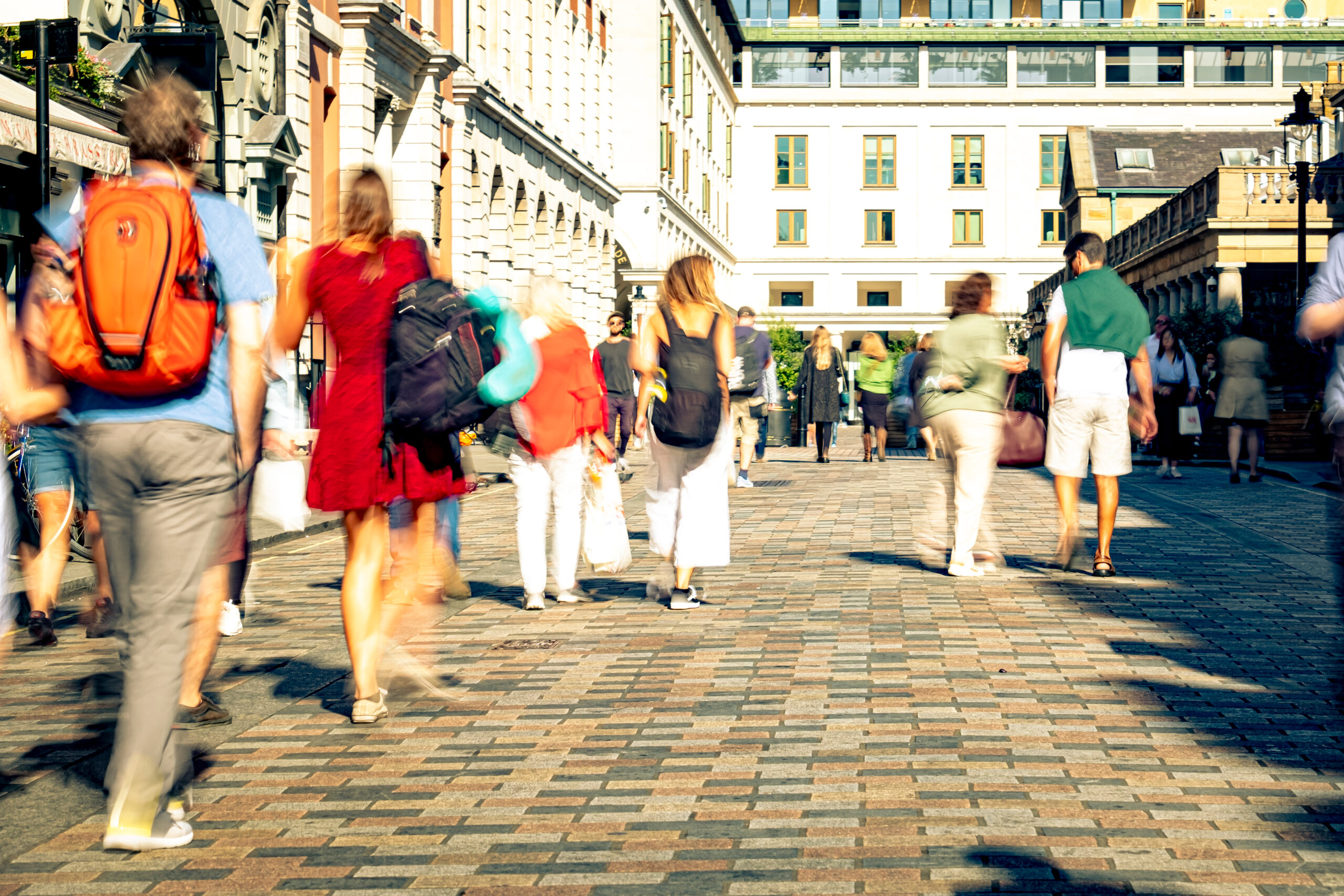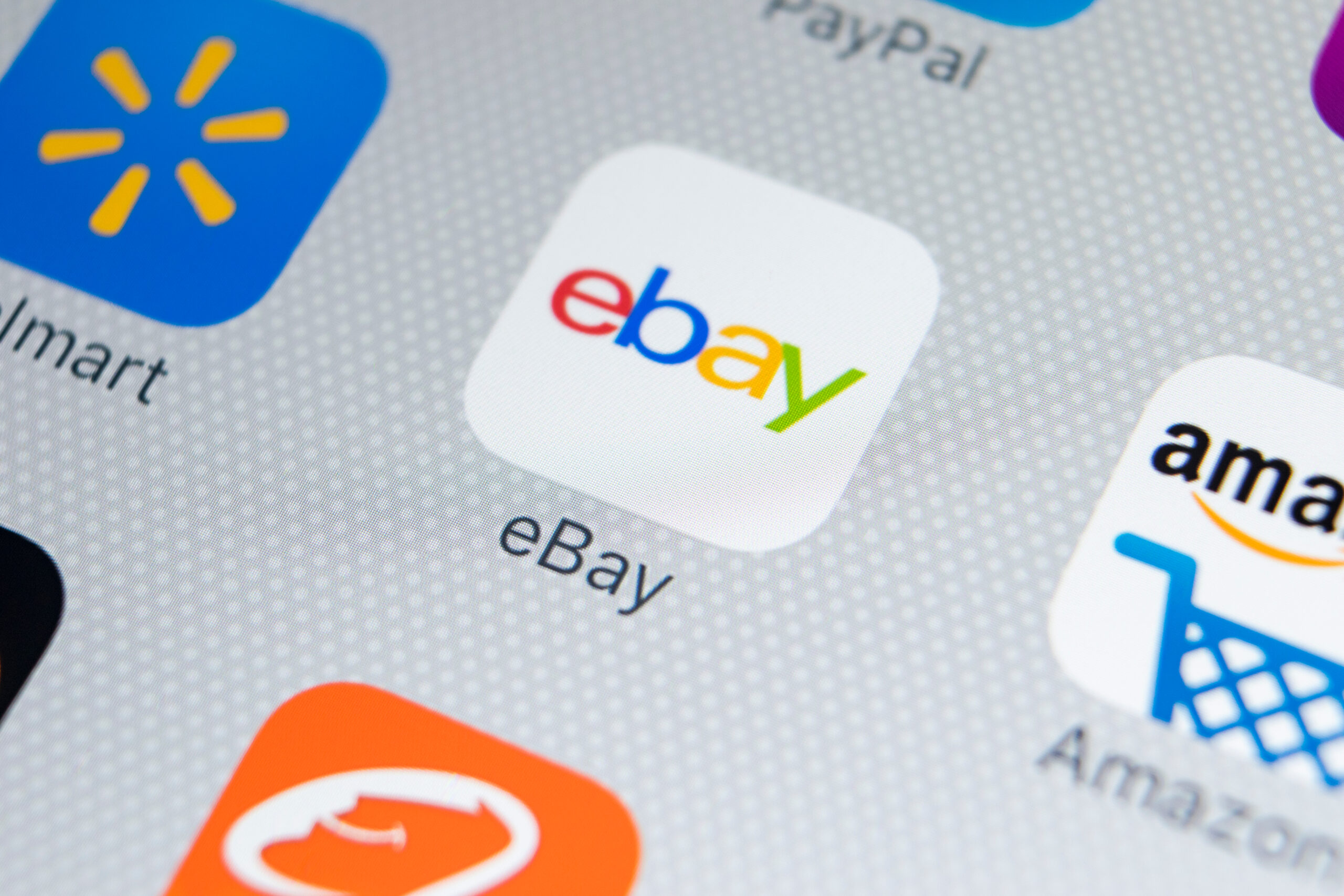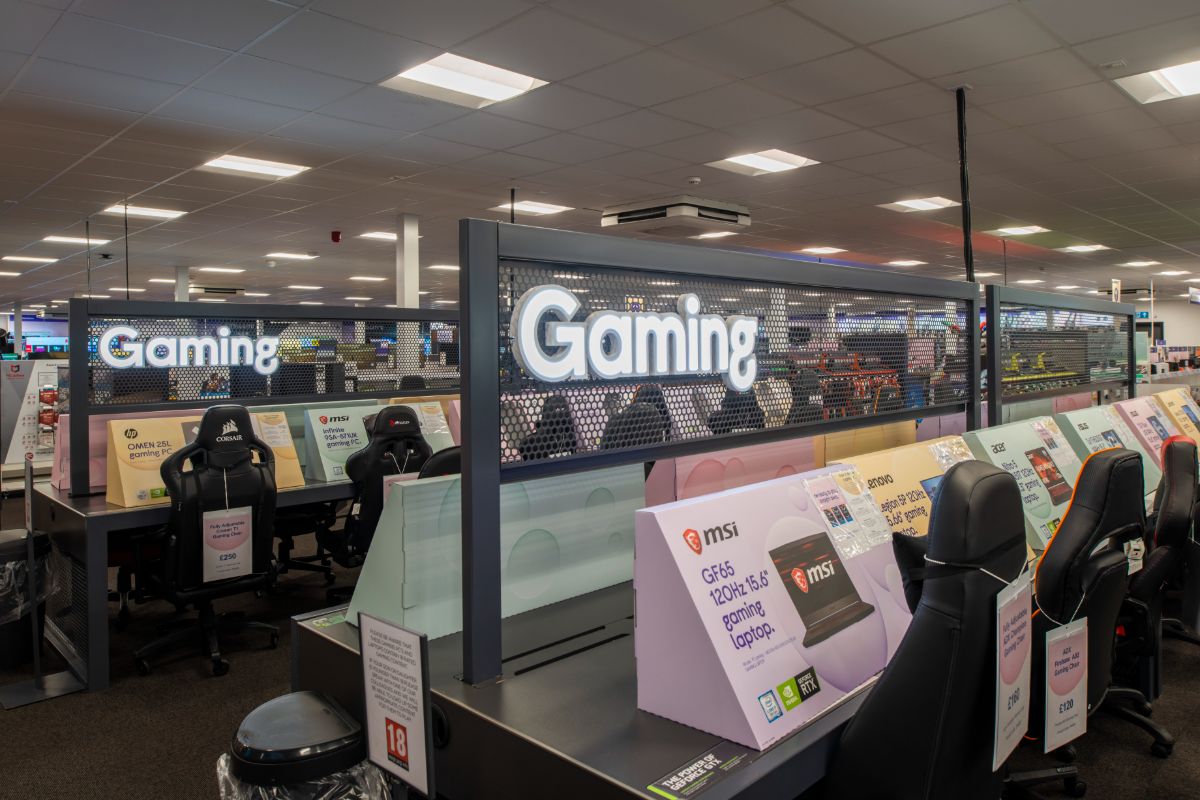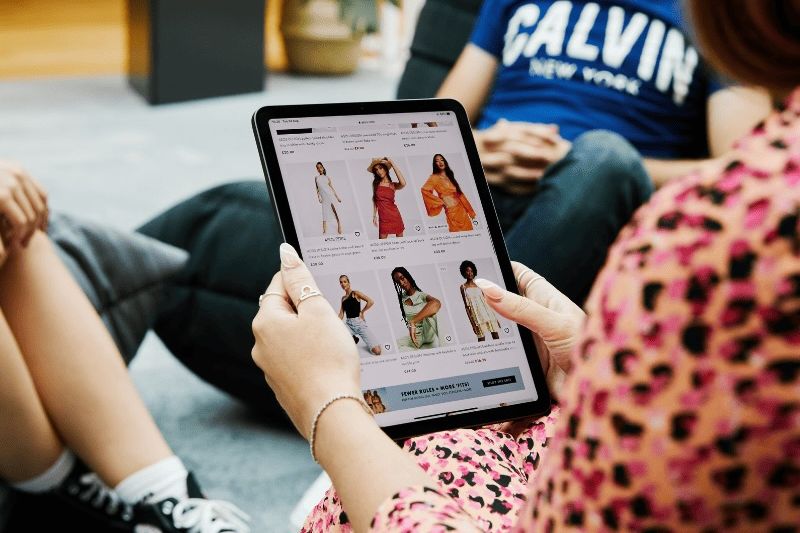The ‘peak’ season is nearly upon us: this weekend’s Single’s Day on 11 November kicks things off and then we pretty much head into six weeks of peaks, as Black Friday now becomes a month long exercise. In fact, Wiggle has started already. And this year, mobile is going to play a really big part. Are you ready?
Let’s start with Single’s Day. This modern day cyber peak – which builds on a 1990s movement to create an ‘anti-Valentine’s Day’ for all the single people out there – on 11 November has increasingly seen sales online boom as people buy themselves and their single chums gifts. What has become interesting about Single’s Day here in the west is that Chinese shoppers are increasingly buying British goods (great news post-Brexit: we really need to build on this), because they perceive them to be of great quality.
This is a real fillip for the UK online retail space as it is slowly, year-by-year, producing a nice little sales peak.
And this peak is set to grow. As we report, a study by Royal Mail, more than half (55%) of shoppers in China bought items from British brands in a three month period, spending an average of £104 per month – with 79% of them shopping on mobile.
China’s e-commerce market is a busy place with the average online shopper spending £123 per month, compared to £89 in the UK. It’s set to get even busier. Three in four shoppers claim to have recently increased their rate of online shopping while confidence has risen 30% within two years. 79% of China’s shoppers make purchases via their smartphone (up from 70% in 2015), compared to 28% of UK shoppers.
This peak is set to grow year by year as more people buy more things and makes for a nice boost to sales in the run up to the Black Friday period.
What is interesting about the Royal Mail research is that so many people in China buy over mobile, both through apps and m-web. To capitalise on this, UK retailers need to be mobile ready. They also have to be ready to ship to China – but that’s another story.
This readiness for mobile retail isn’t just going to be driven by Chinese shoppers. This year’s peak season here in the UK is also shaping up to be mobile-led too. According to Astound Commerce’s “Competing For Customers During the Holidays and Beyond” – which surveyed 2000 customers from the US and Europe to unveil holiday shopping habits this season – a good quality mobile app or mobile web experience will cause four in ten consumers to make a purchase from a retailer, showing how mobile is becoming an ever-more vital part of the retail process.
While marketplaces, social media and more web-enabled bricks and mortar stores are also going to play a role, mobile is increasingly becoming central to the peak season shopping frenzy.
Of course, this is driven by the need to seek out and act on bargains as they happen, which mobile allows shoppers to do, but there is also the more subtle development that sees peak season encourage ever-more use of the mobile among shoppers. Each year more do it and then continue using it throughout the next 12 months.
This means that shopping slowly becomes a mobile pastime. And you need to be ready.
This readiness is going to involve many things. As we report, hero images on mobile sites – images that quickly and easily help users see what is for sale – are being pushed not only as a way to make sites convert better, but as something that should be standardised across m-commerce. Too many sales, especially in grocery, DIY and beauty are lost because images on mobile sites just aren’t up to the job that researchers at Unilever, in collaboration with by the Cambridge Engineering Design Centre and standards setters at the world’s leading standards body GS1 are pushing the idea hard.
Mobile retail is also going to involve lookin at how to add Virtual and Augmented reality to the shopping experience, through the mobile device. Amazon has added augmented reality features to its iOS app across Europe, allowing shoppers to view certain goods in place in their homes, and so has Ikea. And consumers are chomping at the bit for this kind of user experience. The majority of consumers (51%) say they expect to be offered better retail experiences than those currently available, according to a report commissioned by Manchester mixed reality business DigitalBridge examining the use of technology in retail.
Artificially intelligent chat agents and the Internet of Things (IoT) are also bringing more mobile-led pressure on retailers as consumers pick up their smartphone and expect all sorts of experiences. Some are getting this: Bank of Scotland is trialling AI-driven customer service through its app and Vodafone is making IoT available to all with its V service, but most retailers still have a long way to go. Let’s hope the mobile push of peak will inspire them to make 2018 a bumper year for mobile and customer experience.








